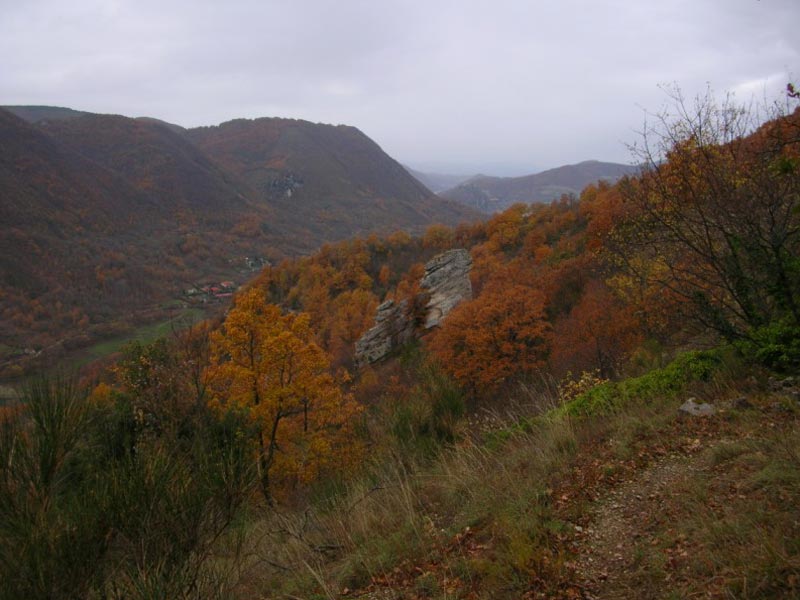Points of Interest
The Towns and their Culture
They represent the most ancient and complex system of relationships between nature, historical, social, and cultural phenomena. The presence of human settlements and production activities as a continuous presidium of the territory, as a balanced use of the resources, and as a cultural richness is one of the essential features of the activities in the nature reserve. The towns, villages, bridges, mills, hermitages, fortresses, farmsteads, mule tracks, and carriage roads are signs of the territory witnessing the big or small events that have characterized the life of the local people. They represent a great local heritage which, if rediscovered, can be transformed into a precious resource to enhance the social and cultural image of the towns of the nature reserve.
The Environment
Forests and lakes, gorges and streams
Forests and lakes, gorges and streams: this is the charming scenery the
visitors will enjoy when they will find themselves surrounded by the
beauty of Mt. Navegna and Mt. Cervia.
The forests are dominated by
imposing beech trees surrounded by maples, while at lower altitudes
there are chestnut trees and centuries-old oaks. The undergrowth is
rich in wonderful orchids, violets, narcissi, and anemones.
If the vegetation forms a wonderful scenery made of chiaroscuro
effects, shades, sun rays breaking among the trees, the wildlife
variety defines the environmental value of the whole area. Among the
others, the wolf and the wild cat, important and elusive animals.
Besides them, there are the golden eagle, the goshawk, the sparrowhawk,
and the wallcreeper; among the water ponds and near the resurgences, it
is possible to find the spectacled salamander and the yellow-bellied
toad.
Natural features combine with archaeological finds and ancient human
settlements. Our past recalls the ancient relationship between man and
nature. A relationship that still lives here in all its authenticity.






